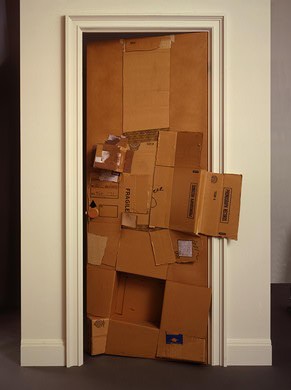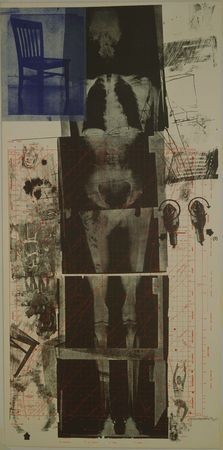Robert Rauschenberg 1925-2008
If you think you may own a work by Rauschenberg ?
Get a Rauschenberg Certificate of Authenticity for your painting or a COA for your Boucher drawing or print.
For all your Rauschenberg artworks you need a Certificate of Authenticity in order to sell, to insure or to donate for a tax deduction.
How to get a Rauschenberg Certificate of Authenticity is easy. Just send us photos and dimensions and tell us what you know about the origin or history of your Rauschenberg painting, drawing or print.
If you want to sell your Rauschenberg painting, drawing or print use our selling services. We offer Rauschenberg selling help, selling advice, private treaty sales and full brokerage.
We have been authenticating Rauschenberg and issuing certificates of authenticity since 2002. We are recognized Rauschenberg experts and Rauschenberg certified appraisers. We issue COAs and appraisals for all Rauschenberg artworks.
Our Rauschenberg paintings, drawings and print authentications are accepted and respected worlwide.
Each COA is backed by in-depth research and analysis authentication reports.
The Rauschenberg certificates of authenticity we issue are based on solid, reliable and fully referenced art investigations, authentication research, analytical work and forensic studies.
We are available to examine your Rauschenberg painting, drawing or print anywhere in the world.
You will generally receive your certificates of authenticity and authentication report within two weeks. Some complicated cases with difficult to research Rauschenberg paintings or drawings take longer.
Our clients include Rauschenberg collectors, investors, tax authorities, insurance adjusters, appraisers, valuers, auctioneers, Federal agencies and many law firms.
We perform Robert Rauschenberg art authentication, appraisal, certificates of authenticity (COA), analysis, research, scientific tests, full art authentications. We will help you sell your Robert Rauschenberg or we will sell it for you.

Rauschenberg was born in Texas and originally studied pharmacy in college. After serving in World War II, he studied art at the Black Mountain College in North Carolina under Josef Albers (from 1948-49). He also studied at the Art Students League in New York City. Betty Parsons Gallery in New York sponsored his first one-man exhibit in 1951.

In the early 1950s, he traveled to North Africa, Italy and Spain. At this time, he started to combine the techniques of the Action Painters, using found objects. These he termed combine paintings, others labeled them Neo-Dada. He wanted them to dramatize the quotidian in a spontaneous manner. He hoped the unstudied use of color would act as an opposition to rational, linear thinking.
Rauschenberg designed stage sets for the avant-garde choreographers John Cage and Merce Cunningham in the late 1950s and early 1960s. In the mid-1960s, he formed the EAT group. EAT was motivated by a desire to combine cutting edge technology with art.

Also in the 1960s, Rauschenberg met Andy Warhol and was enthralled by his use of silk-screen and other original reproductive techniques. Rauschenberg claimed that his critically-acclaimed Stoned Moon (1969) series was an homage to the excitement of the Apollo 11 Space Program.

In the 1980s and 1990s he continued to use innovative techniques, but he had moved from New York City to Captiva Island, Florida. He taught at local colleges and inspired many contemporary young artists.

We would be delighted to assist you in determining the authenticity, value, and marketability of any work of art you own by Robert Rauschenberg. Please contact us at info@artexpertswebsite.com for more information.
Reviews
1,217 global ratings
5 Star
4 Star
3 Star
2 Star
1 Star
Your evaluation is very important to us. Thank you.
